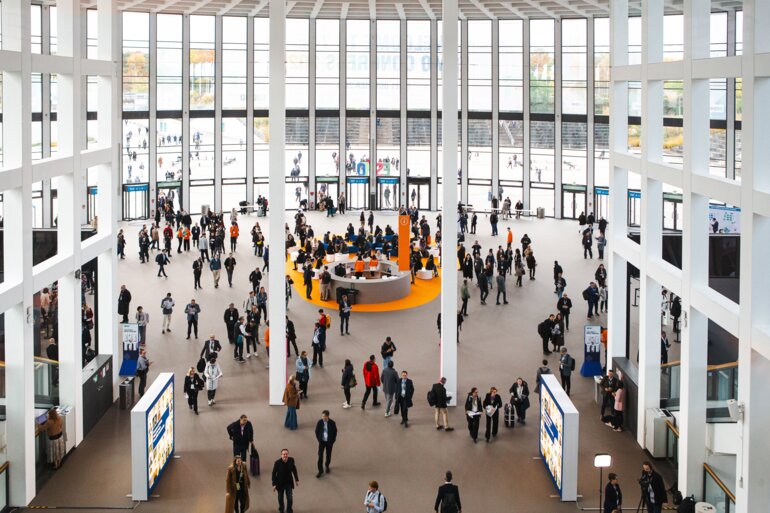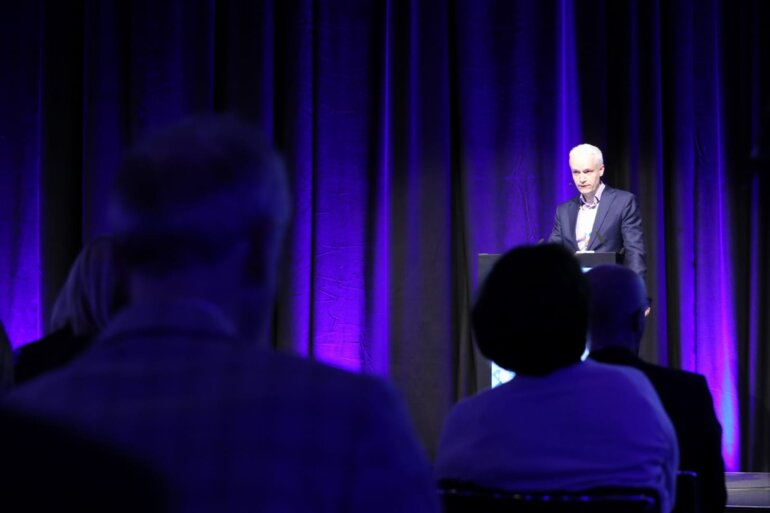Neoadjuvant chemotherapy is on course to become standard treatment for selected high-risk soft tissue sarcomas but effects in low-risk disease are unclear
The benefits of neoadjuvant chemotherapy for sarcomas are similar to those for other solid tumour types: it can downsize the tumour to facilitate complete resection and it has the potential to reduce local and systemic recurrence. However, the benefits have to be balanced alongside the immediate and long-term toxicities associated with chemotherapy – which may occur even if short, intensive regimens are used – and cost-benefit considerations. Whether the pros of neoadjuvant therapy outweigh the cons is still to be determined, and patient selection is a crucial factor. This has been well illustrated by a number of recent trials and analyses, which have shed considerable light onto the use of neoadjuvant chemotherapy for soft tissue sarcomas (STSs).
In 2020, the final results of a European randomised phase III trial were published, showing that standard neoadjuvant chemotherapy has a positive outcome, irrespective of histology, in patients with high-risk sarcomas (J Clin Oncol. 2020;38:2178–2186). Histology-tailored (HT) neoadjuvant chemotherapy – comprising medicines other than anthracyclines, used according to the sensitivity of a histological subtype – was not superior to standard anthracycline + ifosfamide (A+I) neoadjuvant chemotherapy in patients with disease designated high risk according to tumour size and grade.
Analyses conducted using nomograms have further improved our understanding of the role that the risk of patient death plays in determining the benefit of neoadjuvant chemotherapy. A prognostic nomogram (Sarculator, www.sarculator.com), developed at the Fondazione IRCCS Istituto Nazionale dei Tumori,Milan, allows prediction to be refined based on a number of clinical and histological variables. We applied this tool to previously published trials that had shown no benefit for chemotherapy in the adjuvant or neoadjuvant settings in sarcoma. Our first analysis used data from the large EORTC-STBSG 62931 trial, which had failed to demonstrate a benefit of adjuvant A+I over observation in patients with resected extremity and trunk wall STSs (Lancet Oncol. 2012;13:1045–1054). For some time, the results from this large study had served to close discussions on the use of adjuvant chemotherapy for sarcoma. However, our nomogram-based analysis showed that there were statistically significant disease-free survival and overall survival (OS) benefits of adjuvant A+I in patients with high-risk disease (defined by the nomogram as a 10-year predicted OS of less than 60%); those with a predicted OS greater than 60% did not benefit (Eur J Cancer. 2019;109:51–60). This led us to question whether the same would be true for neoadjuvant therapy. An analysis of the ISG-STS 1001 trial of neoadjuvant therapy in STSs showed that the benefits of standard A+I chemotherapy were greater in patients with nomogram-defined high-risk disease, the most marked benefit being observed in patients with the highest risk of death (Cancer. 2022;128:85–93). There was no benefit for HT chemotherapy in high-risk patients and, in lower-risk patients, neither standard A+I nor HT chemotherapy improved outcome. Although these analyses were post-hoc observational studies and, as such, require confirmation in a prospective setting, the findings provide important evidence that neoadjuvant chemotherapy can lead to clinically significant benefits in patients with high-risk STSs.
According to the latest ESMO–EURACAN–GENTURIS Clinical Practice Guidelines, neoadjuvant treatment of operable, localised STSs of extremities and the trunk wall is not yet standard treatment, although it can be proposed for fit patients with high-risk disease (Ann Oncol. 2021;32:1348–1365). Looking ahead, I believe that implementing the use of risk nomograms will broaden the use of neoadjuvant chemotherapy and that it will become a standard treatment approach for patients with high-risk STSs worldwide in the near future.
It is sobering to note that the benefits of neoadjuvant treatment discussed here apply only to high-risk STSs of the extremities and trunk wall. Research on the use of neoadjuvant chemotherapy in low-risk STSs and on other rarer types of sarcomas, such as epithelioid sarcoma, alveolar soft part sarcoma, extraskeletal myxoid chondrosarcoma etc., lags some way behind, while a randomised study of neoadjuvant chemotherapy followed by surgery versus surgery alone has just started for high-grade dedifferentiated liposarcoma and leiomyosarcoma of the retroperitoneum. More investigation is required to demonstrate if the pros of neoadjuvant chemotherapy will offset the cons in patients in these sub-categories.
Don't miss:
Gronchi A. On the use of neoadjuvant chemotherapy: Pro’s. ESMO Sarcoma and GIST Virtual Symposium 2022
STS 2, 01.02.2022, h. 16:30 – 18:00, Channel 1







